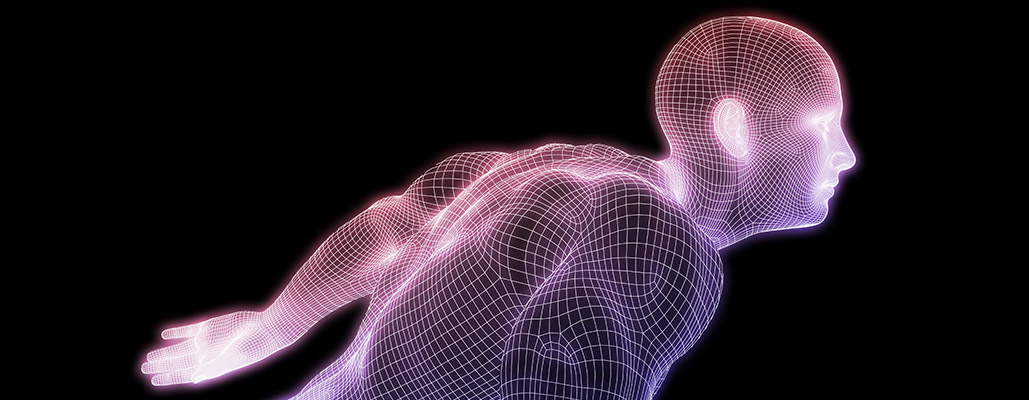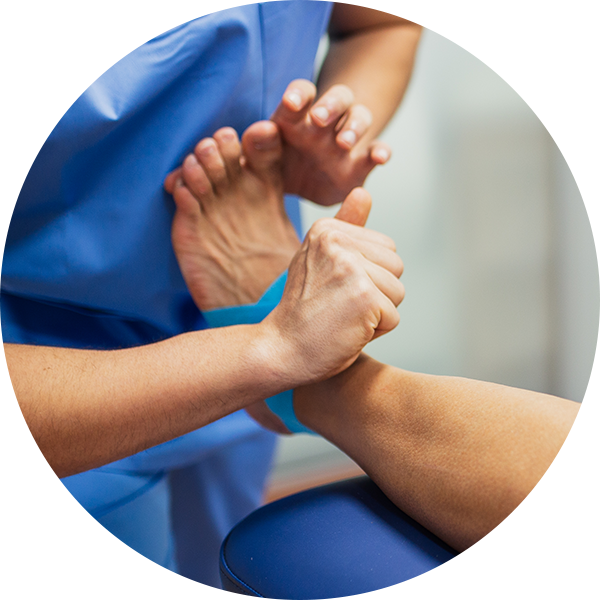Meridian Balance restoration Treatment
Meridian Balance restoration Treatment
OUT Complex
treatments
The balance of jaw joints is related to the balance of the axis(C2) and spine.
It is a soft intraoral balance device that continuously maintains the correct three-dimensional position of the jaw joints. It is used to improve migraine, shoulder pain, straight neck, neck disc, and general posture as well as pain and imbalance of the jaw joints and axis.
Acupuncture Treatment
Acupuncture is used to treat tissue adhesion and knot (hardness). Treatment of nerve entrapment, myofascial adhesion, and hardness.
SOT block therapy
It is a treatment that balances the occipital bone and sacrum using breathing and weight. It is performed during acupuncture treatment for the purpose of releasing the twist of the dura between the skull and sacrum and smooth the circulation of cerebrospinal fluid.
Gua Sha Technique
A treatment that incorporates special tools designed to relax the myofascia. It can be applied to all parts of the body to straighten and strengthen the muscles and myofascia.
Orthotics
Treatment that treats the imbalance of the left and right feet using an orthotics. It is a very innovative method used for the purpose of flatfoot, OX legs, anatomical short leg, scoliosis, posture correction, etc.
Tui Na
Specialized treatment methods to treat muscle and myofascial imbalances. It is a technique used in the MBR ACUPUNCTURE & HERB to achieve the balance of whole-body joints.
Ligament relaxation therapy
This is a method used to treat soft tissue in the joints. It is used for the purpose of effective recovery without pain, such as arthritis, joint damage, and delayed recovery of joints.
Meridian Balance Restoration Treatment
MAR is a meridian balance restoration treatment that continuously maintains the correct three-dimensional position of the jaw joints. It is used to improve migraine, shoulder pain, straight neck, neck disc, and general posture as well as pain and imbalance of the jaw joints.
The importance of muscle/tendon adhesion detachment

- Damaged tissue forms adhesions.
- Repeated damage intensifies adhesions.
- Adhesion is a source of pain by causing changes in the movement, tension, and length of the muscle and myofascia.
- Adhesion interferes with energy and blood circulations and compresses the surrounding nerves. It can cause pain, anomalies, and numbness.
- Separation of the tendon adhesions is the beginning of muscle, myofascial, tendon, and ligament recovery.
- Postures, habits, and movement patterns are unconsciously stored in the brain, making it challenging to fix habits at once. Especially the way you sit on a chair, gait, or look at a computer, is something that you perform countless times in everyday life and therefore exceedingly difficult to adjust.
- A person cannot always maintain the correct posture or avoid movements that damage body structure, as such, incorrect movement patterns inevitably cause pain.
- The movement pattern is already memorized in the brain and cannot be easily changed, but MBR’s treatment modulates and re-activates the muscle-nerve to RE- MEMORY the new motor system in the brain.
Kinesio Taping
Taping therapy reduces pain, helps to relax muscle contractions, and helps the circulation of the skin, blood, lymph, and tissue fluids. It helps to relieve and restore pain. It also reduces the strain on the muscles around it by returning the tense muscles back to their original condition, preventing secondary damage, or developing more pain. Kinesio taping also helps to correct joint misalignment. Sometimes the joints are misaligned because the muscles in the joints are over-tensioned, and it can prevent them from being displaced by directly fixing it by taping and correcting it so that the movement of the muscles returns to its original state.

Exercise: Restoration therapy
What is the Restoration therapy that encodes MBR Acupuncture & Herb’s exercise system in the brain?
Recognition of the incorrect posture and body movement habits
Movement pattern and
habit change with
Restoration therapy
Pain-free daily activities with changing postures, habits, and movements
Have you ever tried to change your habits?
Changing the brain system to restore the right posture and the proper movement—what process does MBR Restoration therapy go through?
Customized
nerve-muscle exercise
Doctors always recommend exercising. But they never tell us which exercises and how to do them. There is right one for everyone but no cure-all. MBR’s re-memory therapy determines the correct exercise method based on the patient’s body type and detailed analysis of the muscle performance and movement pattern. Thus, even if it’s the same exercise, the instruction varies from person to person.
Not about exercising
for muscle but for control
Simple weight training cannot correct posture and prevent pain recurrence. If this was the case, then weight trainers would have maintained perfect posture all the time without any injuries. In reality, many athletes suffer from sport-related injuries and pain. Proving that exercising for muscle strengthening is not the correct solution.
MBR Re-memory therapy incorporates not just muscle strengthening exercises but “nerve-muscle control exercises”
Simple but
not-so-easy exercise
MBR Re-memory exercise uses quite simple movement but is difficult to follow precisely at first. This is because the ability to control the specific nerve-muscle related to the movement is very weak with the patient. When the patient becomes able to perform the exercise accurately, it means their ability to control nerve-muscle has greatly enhanced, preventing future recurrence of pain.
Systemized
Exercise
The level of MBR Re-memory therapy is determined based on individual’s ability to control muscle and progresses.